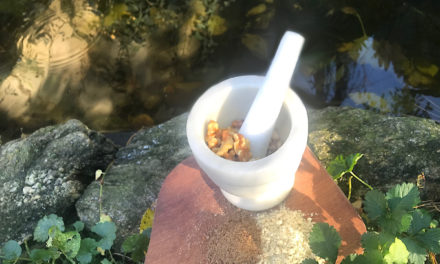
Jay Dinshah in Jakarta, Indonesia
Here’s a shot of American Vegan Society (AVS) Founder H. Jay Dinshah in Jakarta in 1967. He was spreading the news about veganism as part of his ’round-the-world lecture tour that year, one part of the many activities Jay undertook to bring the vegan concept into the mainstream.
His vegan-promotion tour took him to countries in Europe, the Middle East, Southeast Asia, and Australasia. Supported by AVS backers and receiving hospitality from host vegetarian groups, Jay was tireless in making connections that strengthened the worldwide network of communication among vegans, and among vegetarians, which would allow him and others to organize and popularize at a large scale (such as his work on the 1975 World Vegetarian Congress).
Jay was focused on vegan in his reports for the pages of Ahimsa magazine (now American Vegan magazine) but sets the tour in its historical context. His caption for the Chinese Embassy in Indonesia notes: “It was badly shot up during the blood-bath about a year before the Editor’s visit. Estimates run as high as half a million people killed in the jittery witch-hunt, in which anyone suspected of having the ‘red taint’ was dragged out and shot on the spot, along with his family in many cases. As we went through the countryside by bus, landmarks were pointed out to me like this, ‘In this village 3000 were slaughtered.’ ‘This river ran red with the victims’ blood.’ I was told that many an old score or family feud was settled up under the patriotic guise of cleansing the country of plotters.”
As he traveled, Jay made sure to report on food trends per country, giving his U.S. readers a taste of different “exotic” cuisines in his own no-nonsense way. In Indonesia, he was glad to report that “The vegetables are generally not deep-fried but rather boiled or perhaps steamed or sauteed, thanks to the Chinese influence. Baking is also used. The cooking is done lightly; that is, the vegetables are usually *not* overcooked and then smothered in hot sauce to put some flavor back in. A tasty peanut sauce is used, but it is not ‘hot.'”
Aside from prepared dishes, Jay was attentive to the different fresh fruits available in each country he visited. He even dragged fruits into his discussion of language idiosyncrasies, observing that to make a plural noun in Indonesian, “You simply write a ‘2’ after the noun, and it is spoken twice. But it means any number more than one. So you could have one Buku, or you could have two Buku2, or you could have a whole library full of Buku2 (spoken as Buku-Buku; the 2 literally tells you to speak the word twice, regardless of how many involved in the plural). Later on, when I returned to Djakarta, I remarked to my hosts there that the fruit known as Gdongdong would of course be written as Gdongdong2 if one had a basket of them. They agreed that would be so. ‘And then’ I continued with tongue in cheek, ‘This would have to be spoken as Gdongdong-gdongdong? It sounded to me like a whole carillon of bells, all going at once! My hosts felt I was playing fast and loose with the language, but found no flaw in the logic, and enjoyed the humor of the musically redundant name of this delicious fruit.”
But of course, it was the ideas that were the main course. Shri Yogamurti Murnianda was the facilitator Jay called “our man in Java,” who arranged the lengthy lecture tour through Indonesia. Jay spoke in large halls, at medium-sized halls, and in people’s living rooms – wherever a group of interested people could be gathered. The caption for the above photo says that “Yogamurti translates into Indonesian at Jay’s left” and also points out, on Jay’s right, “Bro. Teng Ek Tjhiang, editor of Jyoti magazine of theosophy, who arranged the meetings in Surabaja and Malang.”
Jay was known for his riveting, charismatic speaking style and doubtless made a difference in many people’s thinking. His legacy lives on in the work of those he inspired and in the continuing work of the American Vegan Society. If you’d like to be a member or just make a one-time donation, this would be a great time to do so.




